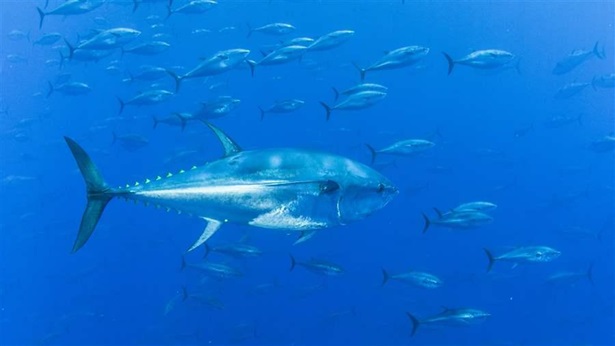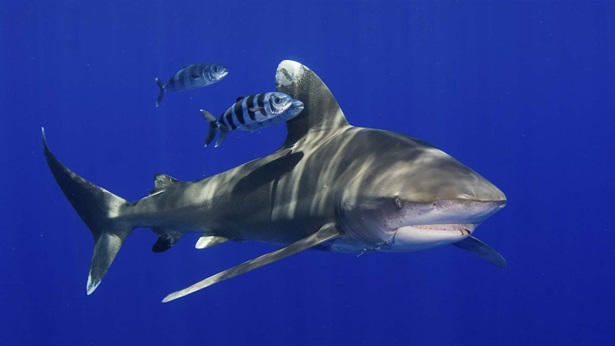Into the Deep With the Atlantic Bluefin Tuna
New animation from TED-Ed highlights the natural history of an iconic species
The Atlantic bluefin tuna is the largest and longest-lived of the 15 known tuna species. Warm-blooded and able to grow as big as a polar bear, these fish are equipped with unique adaptations that make them dominant predators and a keystone species in the marine ecosystem. Although fishers have targeted Atlantic bluefin for thousands of years, only in recent decades has skyrocketing demand for high-end sushi driven a rise in overfishing and illegal, unreported, and unregulated fishing—and a drastic drop in the species’ population.
But if governments and fishery management organizations strengthen conservation and quota-enforcement efforts, this valuable species can recover.
The below animation from TED-Ed highlights the fascinating features of the Atlantic bluefin and why this remarkable fish has captivated humans for so many generations:
This video is hosted by YouTube. In order to view it, you must consent to the use of “Marketing Cookies” by updating your preferences in the Cookie Settings link below. View on YouTube
This video is hosted by YouTube. In order to view it, you must consent to the use of “Marketing Cookies” by updating your preferences in the Cookie Settings link below. View on YouTube

















